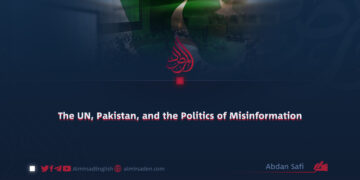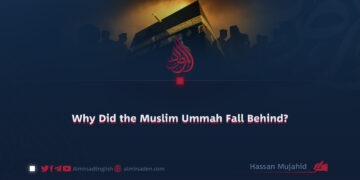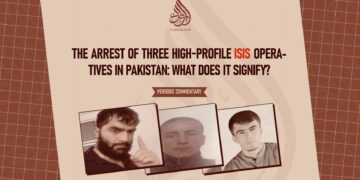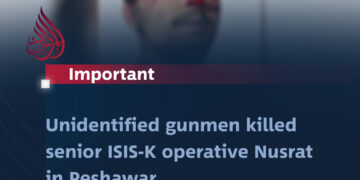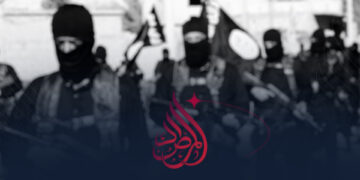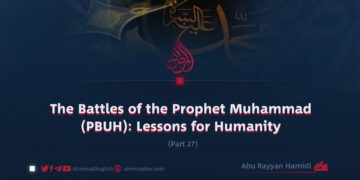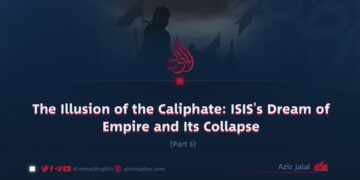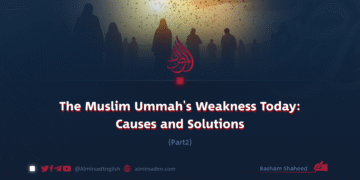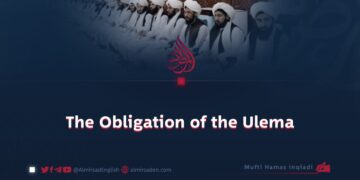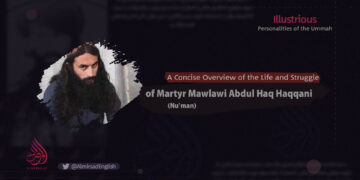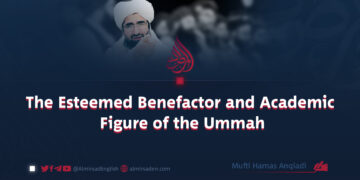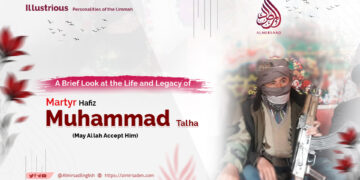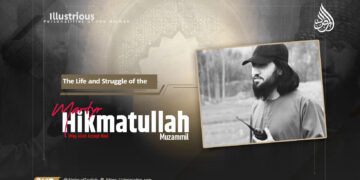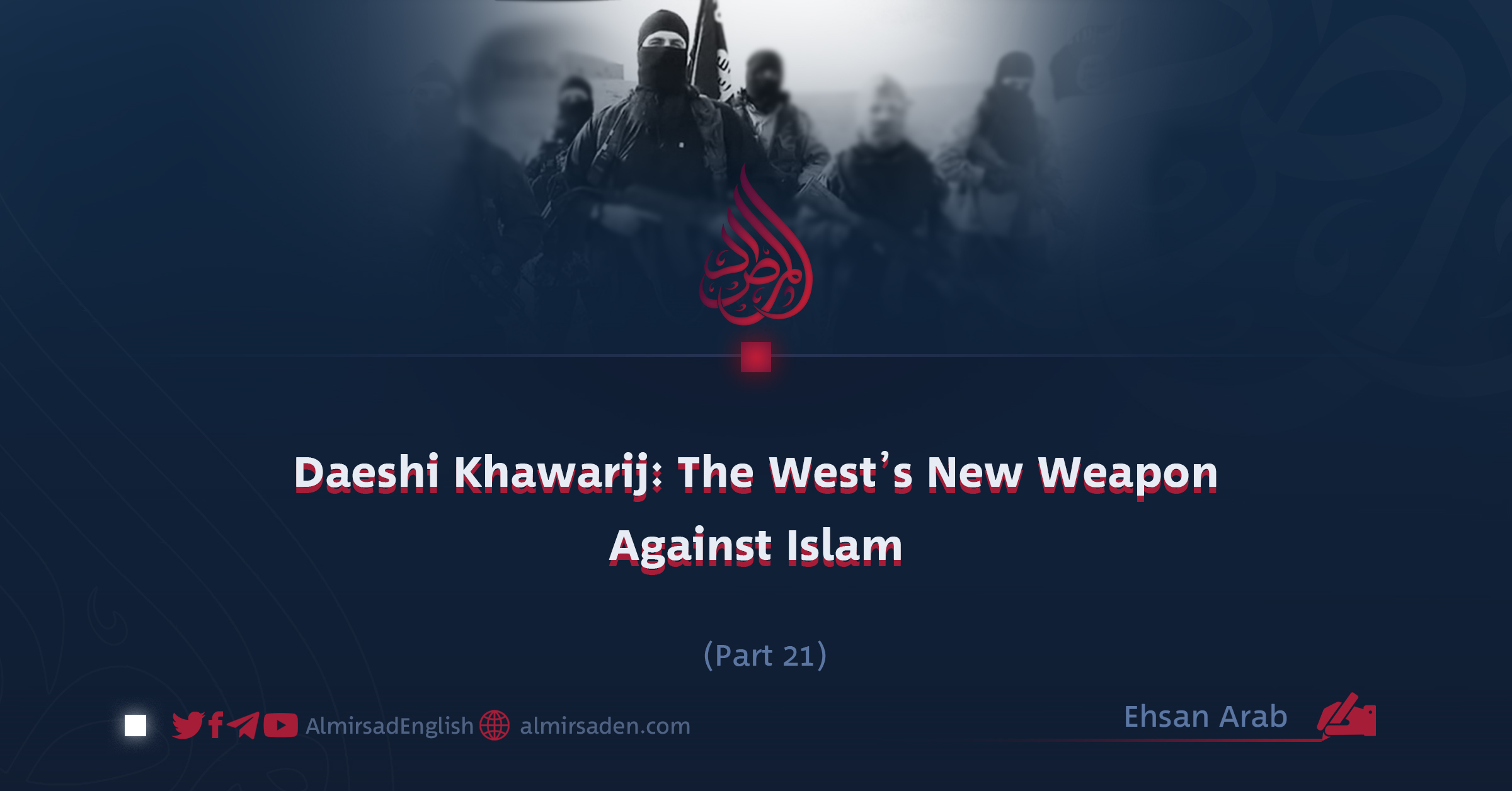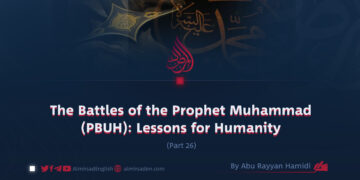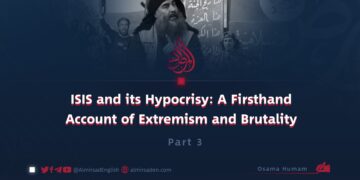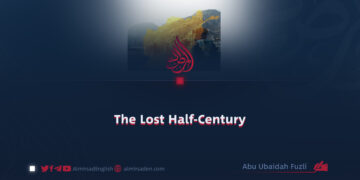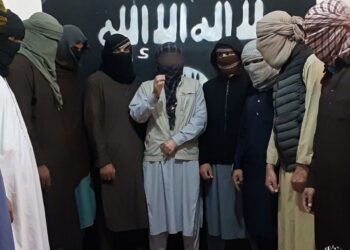Part 21
Ehsan Arab
The Undermining of Religious Centers and the Credibility of Scholars
Since the dawn of Islam, religious seminaries (madrasas) and scholars have played an essential and enduring role in safeguarding the identity of the Muslim Ummah. They have been central to the transmission of Islamic knowledge, resistance against intellectual invasions, and the moral and spiritual guidance of Islamic societies. As cultural and ideological pillars embedded within Muslim communities, these institutions have connected generations to the Qur’an, the Sunnah, Islamic ethics, and jurisprudence.
However, in recent years, this invaluable asset of the Ummah has come under a profound and insidious assault. This threat did not come directly from foreign enemies but from within, through a destructive force cloaked in the guise of ISIS.
The Daeshi Khawarij cunningly manipulated religious sentiments, jihadist rhetoric, and sacred Islamic concepts to falsely portray themselves as the defenders and representatives of Islam. By declaring a fabricated caliphate, invoking slogans of implementing Shariah, and claiming to revive the Prophetic way, they sought to present themselves as the heirs to the Prophet’s mission. Yet their actions bore no resemblance to the spirit of Islam or the noble example of the Prophet Muhammad (PBUH).
One of the most significant harms inflicted by this malignant phenomenon was its deceptive influence on segments of the Ummah, particularly young, untrained students of religious knowledge. Many were misled by ISIS’s hollow slogans of jihad, hijrah, defending the faith, and reviving the caliphate. Without understanding the depth of these concepts or the poisonous nature of this deviant movement, these youth were drawn into their ranks.
This internal crisis provided a strategic opportunity for the enemies of Islam. Through widespread and aggressive media propaganda, they began portraying Islamic seminaries as breeding grounds for extremism and Khariji ideology. This malicious campaign severely undermined the credibility of madrasas and cast a shadow of doubt over institutions that were, in fact, designed to cultivate spiritual, intellectual, and moral development.
The repercussions of this situation were deep and far-reaching. Among the most critical consequences were:
1. Widespread Distrust Toward Religious Students and Seminaries
In numerous Muslim societies, suspicion toward religious students and institutions increased, particularly targeting young individuals newly embarking on the path of Islamic scholarship. Many began to view future scholars and leaders of the Ummah with skepticism and hesitation.
2. Empowerment of Anti-Islamic Narratives
Individuals and groups harboring longstanding animosity toward Islam found in this crisis a pretext to call for the regulation, restriction, and even defamation of religious seminaries. Their voices grew louder as they sought to curtail the activities of these vital centers of learning.
3. Deepening Divisions Within the Ummah
Associating madrasas with ISIS caused fragmentation and distrust between the public, scholars, and students. This division dealt a serious blow to the spiritual cohesion of Muslim society.
4. Youth Turning Toward Secularism
Disillusioned by the tarnished image of religious institutions, many young Muslims were lured toward the misleading promises of secular ideologies. In doing so, they distanced themselves from Islamic teachings, symbols, and identity.
Conclusion
By capitalizing on the un-Islamic actions of ISIS, the enemies of Islam inflicted not only military and political harm upon the Ummah but also launched a cultural and psychological assault. Their ultimate target was the erosion of public trust in scholars and religious institutions. These are pillars essential to the spiritual and intellectual vitality of the Muslim world. It is therefore imperative that the Ummah recognize this multi-layered threat and redouble its efforts to preserve and defend the integrity of its sacred institutions.



